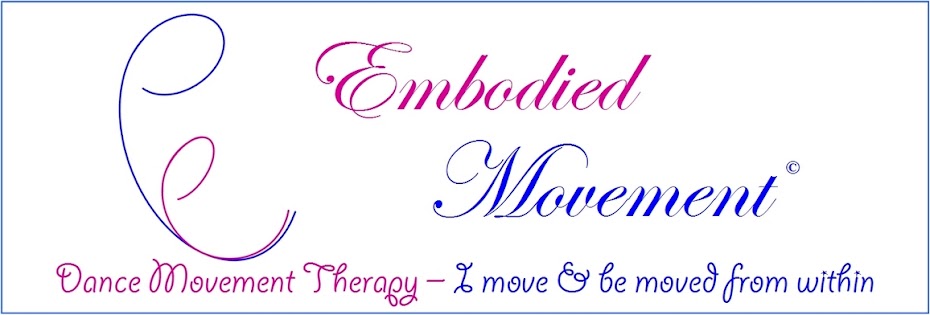The more I explore in the area of early intervention and prevention as a dance/movement therapist, the more I grasp the importance of it. Having undergone personal therapy during training, using movement as an intervention besides verbalising aloud and writing my bodily experiences down cognitively and emotionally, I personally experience the integration of body, mind and emotion and it affects one another. I also experience the internal organisation, that is, rewiring the neurons in the brain through movement experience. However, I come to recognise that the years of the past that I have been holding onto take a much longer time to process as the body and mind have become habitual and they are only familiar to that particular system of functioning.
When I observe the special needs adults, questions keep coming back to me, what if it is intervened at an early stage, would that help them at least to develop a certain spectrum of formation of emotional, social, communicative, cognitive, and physical aspects of self? (Suzi Tortora, 2006) Could the neurons in the brain rewired if early intervention is provided?
I have done observations of mothers and babies using the Emotional Availability Scale and it is obvious that parenting relationships play a crucial role in the developmental of a baby. On top of that, I used Kestenberg Movement Profile for observation for a research and presentation, it was clear that the baby signals distress or a danger ‘sign’ through movements. I believe that the nature , that is, the genes of each child are unique. Nevertheless, the nurture comes in after and does influence the growth of a child.
Whether it is a healthy baby or with special needs, their ways of understanding the world is most of the time through their bodies and senses. The core self is formulated through the interaction with others who are the caregivers. Suzi Tortora shared, ‘The formation of self comes from both the sensed and the perceived feelings evoked from an experience because it is through a baby’s early felt experiences on a physical level that his or her initial sense of self will develop.’ (2006)
It is true that special needs have certain limitations due to the neurological issues. But what I often observe is that when early intervention is not emplaced, there is a possibility that the growth is stunted much below their capabilities, perhaps parents are clueless on what to do and how to intervene.
I once volunteer to do movement sessions with the children suffering from autism. It was not a therapy session but a movement session for them to explore tactile and giving them the space just to be themselves while I observed, then moved and connected with them by entering into their world. One child left a very deep impression. I was informed that the child had been all over the place and was hard to connect with him. However, in the movement, I connected with him and he allowed me into his world after sometime. The adult who was at present was totally surprised and quickly picked up on how to engage and connect with him in movement. I knew something has taken placed then. It was only a very short encounter yet after the session, he even came to make contact with me.
Only if we understand from their perspectives and enter into their world, we are then able to connect with them. I often find movement speaks volume and is the only way they can express to us and how we can in return attune and make contact with them if we wait, watch, observe and listen to them, and at the same time becoming aware of our own responses to children. (Suzi Tortora, 2006)
Suzi T. (2006). The Dancing Dialogue: using the communicative power of movement with young children. Baltimore: Paul H. Brookes Publishing Co.







